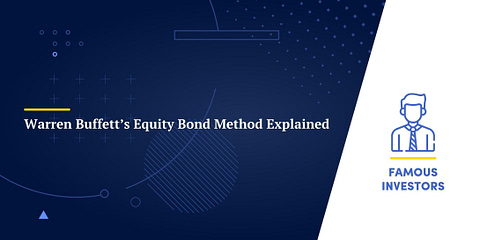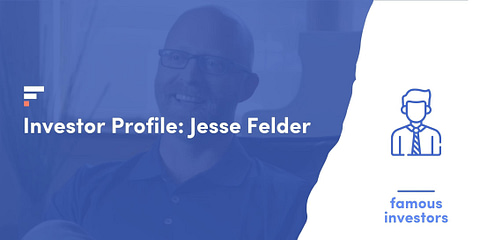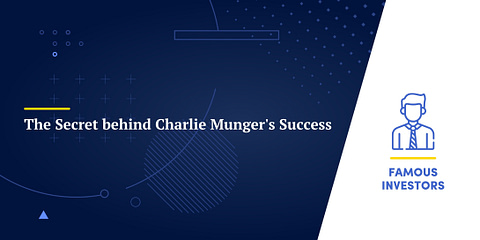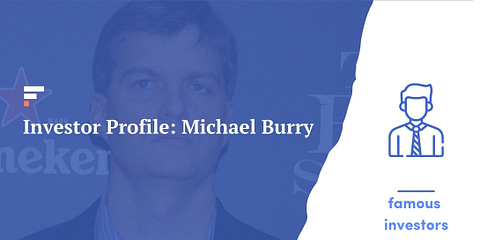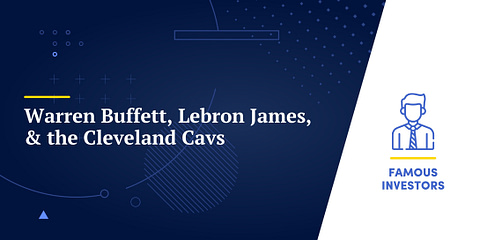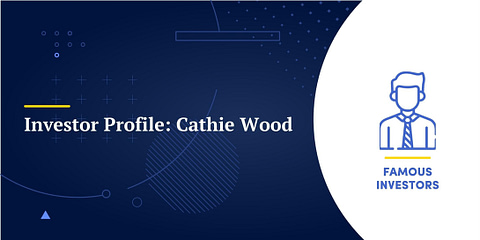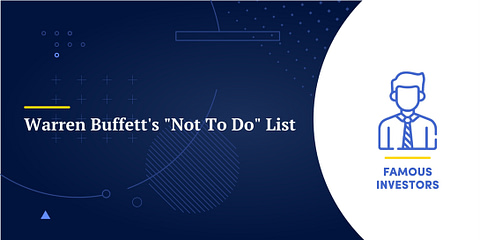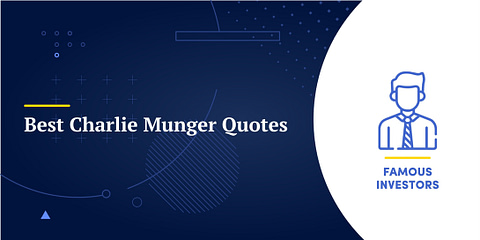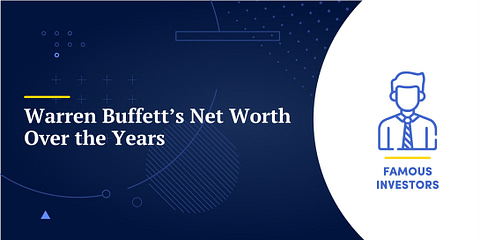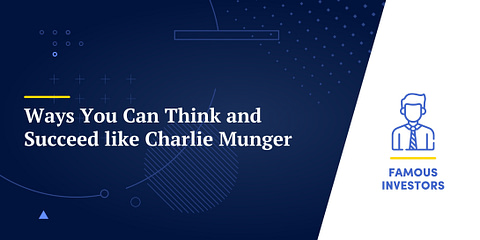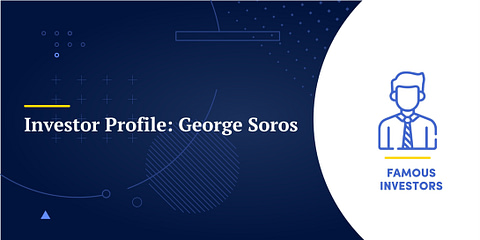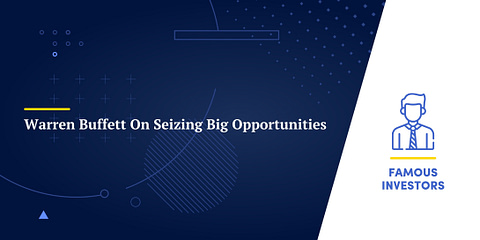In previous “Investor Profiles,” we’ve covered widely known investors like Cathie Wood and Michael Burry. This profile is about Seth Klarman of the Baupost Group, a much more discreet personality, but nonetheless an exceptional investor.
Seth Klarman is a billionaire, hedge fund manager, and writer. He is not especially secretive, but he’s definitely not looking for the news spotlight either.
As evidence of this, we can look at his hedge fund website, baupost.com A login and password, and that’s it. If you are not already an employee or investor in the fund, that’s all you see. No claim on yearly returns, no strategy description, nada. Either you have a good reason to be there, or go away.
Who Is Seth Klarman?
Seth Klarman is the co-founder of the hedge fund Baupost Group, straight out of business school in 1982. The group was co-founded with 4 others, including Harvard professor William Poorvu. Baupost is under Seth Klarman’s management to this day.
The early career boost is maybe not so surprising considering Seth seems to have had a (very) early interest in commerce and investing, possibly encouraged by his father, an economist.
When he was four years old he redecorated his room to match a retail store putting price tags on all of his belongings and gave an oral presentation to his fifth grade class about the logistics of buying a stock. As he grew older, he had a variety of small time business ventures including a paper route, a snow cone stand, a snow shoveling business, and sold stamp-coin collections on the weekends. When he was 10 years old he purchased his first stock.
Wikipedia: Seth Klarman
Seth Klarman’s private life is discreet, and little is known about it. It seems very much non-flamboyant, the opposite of the “Wolf of Wall Street” style, with few appearances in public events, a stable marriage since 1982, and 3 children.
Klarman wrote “Margin of safety” in 1991, a book that was printed in very small numbers but became a cult classic for value investors over time. The book has not been re-published and is hard to find. Surviving paper copies of the book are in very high demand and sell in the second-hand market at prices ranging from $800 to $2,500.
According to Klarman, the book was written for professional investors and was intended to be the successor to “Security Analysis” by Benjamin Graham.
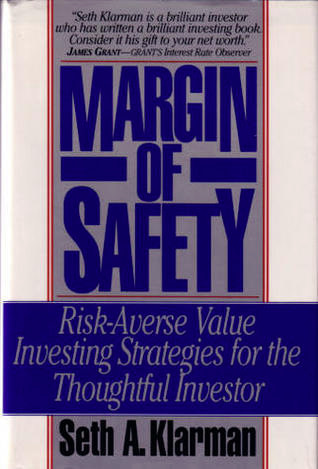
Seth Klarman’s Investing Strategy
Seth Klarman is a typically cautious value investor focused on the long term. He has been compared to Warren Buffet. Like Buffett, Klarman based his strategy on the teachings of Benjamin Graham.
Klarman emphasizes the margin of safety and seeks out disliked or ignored securities (both bonds and equities). He is also known to keep significant cash in his fund, waiting for the right opportunity to materialize. He dislikes debt and is reluctant to use any leverage, except for real estate deals, where he only uses $1 dollar of leverage on top of every dollar invested.
Contrary to some value investors, Seth Klarman pays close attention to market cycles.
Today the Baupost group is managing $31B. It has produced an average of 20% annual returns since its inception. Considering the absence of leverage (unlike Berkshire Hathaway, which uses some leverage as well as the float of its insurance companies), this is a remarkable performance.
He describes his investing process as spending a lot of time thinking and focusing on medium and long-term trends.
Klarman’s Opinions on Current Markets
Seth thinks the current stock market is still way too high, and therefore very risky. He is not the kind of investor to ever believe that “this time is different”. This is not a unique opinion: it is a common position among value investors.
More interestingly, he also gives us a warning about the bond market, declaring that it is finishing a 35-year-long bull market. In his view, this might create trouble for some financial institutions that have taken too much leverage or placed risky bets on derivatives.
Some of his recent declarations could make him look like a perma-bear: he has criticized the Fed’s past interventions, recommend holding a little gold in a portfolio, and worried about inflation’s impact on consumers.
I think it would be unfair to classify Klarman as a prophet of doom. Simply put, he is a very seasoned investor with a strong focus on economic cycles. After more than a decade of a very strong boom, it is logical he is wary of one more downturn. This comes from experience and not pessimism, as Klarman was known to be bullish at other times in the market cycle.
This probably explains his current positioning, which is quite defensive even by Baupost’s generally conservative standards.
Seth Klarman’s Stock Picks
Baupost Holdings
Seth Klarman and the Baupost Group strategy would be difficult to replicate for an individual investor as it is highly diversified. It currently holds 49 stocks according to its last 13F filling.
His current focus seems to be on a small number of sectors:
- Telecom: Viasat, Liberty Global, Digital Bridge.
- Tech: Alphabet, Meta, Dropbox, Amazon.
- Semiconductor: Qorvo, Intel, Micron Technology.
- Media & Content: Liberty Media, Warner Bros.
- Finance and Insurance: Willis Tower Watson, Fiserv, SS&C Technologies.
- Biotech & Healthcare: Encompass Health, Theravance Biopharma.
The portfolio has changed a lot over the last few years Baupost used to contain a much higher concentration of energy, consumer discretionary, financial, and real estate stocks. Considering current Klarman’s view on inflation and interest rates, the switch is really not a surprise.
Baupost’s Strategy
A theme of oligopoly or monopoly runs in the portfolio, with large positions in sector-dominant companies like Alphabet and Intel. Baupost also shows a clear preference for companies with high-value patents and intellectual property rights.
This is presumably intentional, as I am sure that Klarman – a known admirer of Buffett – is highly familiar with the idea of the moat. I assume it is also the result of superior returns on invested capital.
To me, the holdings paint the picture of a mix of bets on long-term growth and bets on market cycles, with a focus on high-quality companies.
For example, semiconductors are in a post-pandemic slump but have enormous potential (our next Stock Spotlight report is focused on the same theme). All-weather high-quality companies like Alphabet and Intel are also prominently featured.
I also notice the presence of Theravance Biopharma, a company deeply intertwined with Innoviva, which we discussed in our August Stock Spotlight report.
All are in very stable industries, with long-term opportunities for the best companies.
Conclusion
Seth Klarman is a value investor following a very classical and conservative approach, similar to Graham and Buffett. His emphasis on market timing instead of just great company, Buffett-style, seems to come more from personal inclination than anything.
Klarman is much less discussed than Buffett, and this is a shame. His returns are as good as those of the Oracle of Omaha, if not even better.
Even when it comes to philanthropy, Klarman should attract more praise. He has donated to education and the fight against antisemitism through the Giving Pledge joined by Buffett, Gates, and many other billionaires. He is also a centrist political activist, having for a long time donated to both Democrats and Republicans.
So overall, Seth Klarman can be a great role model for value investors, and it’s always worth checking Baupost’s holdings for ignored, undervalued, or under-appreciated stocks.





